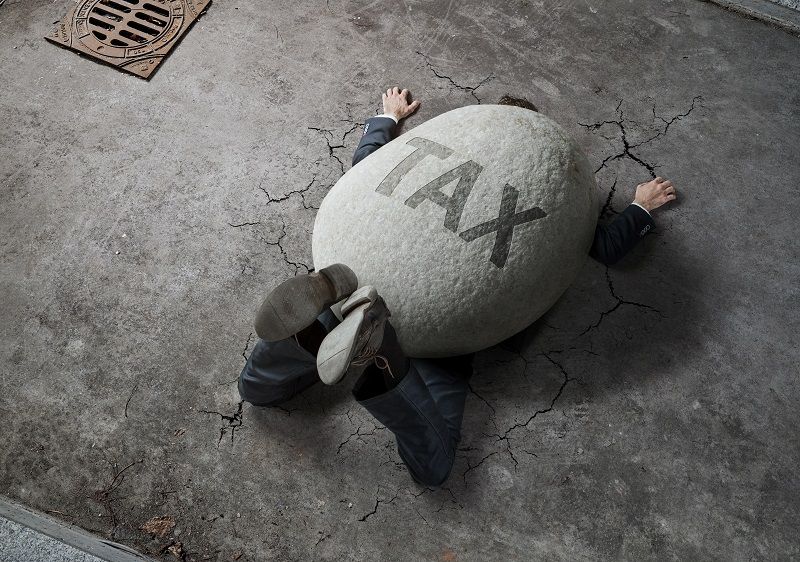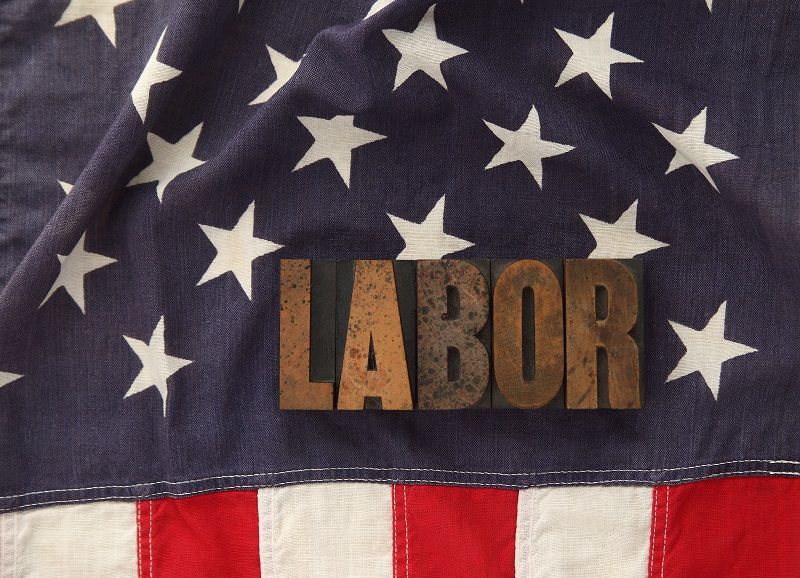By Brandon Loran Maxwell
What’s not to love about Oregon? It’s green. It’s hip. It’s weird. Yet, behind the cultural mystique of Oregon lies a troubling truth: Compared to similar-sized states, it has one of the fastest growing prison populations in the nation and spends 7.5 percent more per inmate than the national average—$84.81 each day.
To put $84.81 in perspective, Mississippi spends $39.56 a day—merely half of what Oregon spends. In fact, of the nation’s 14 states with populations ranging between two and five million people, ten of them spend less per inmate than Oregon. Only Iowa, Connecticut, and New Mexico spend more. So where is the money going?
Interestingly enough, of the ten states that spend less than Oregon per inmate, nine are right-to-work states. Of the four states that spend equal to or more than Oregon per inmate, three are forced-union states.
According to the Oregon Legislative Fiscal Office, entry-level correctional officers take home 24 percent more annually than surrounding states. The study also found Oregon was the only state that “did not require the employees to contribute to their health plan premiums.”
Currently, more than a dozen national and local prison employee unions operate within the United States, including Service Employees International Union (SEIU), American Federation of Government Employees (AFGE), and the American Federation of State, County and Municipal Employees (AFSCME) which boasts over 1.5 million members, 25,000 in Oregon alone.
Over the years, AFSCME has lobbied dozens of proposals with little to no regard for Oregon taxpayers, including a 25 percent pay raise which would have increased the salaries of prison health specialists to more than $80,000 a year. Likewise, AFSCME has aggressively opposed sentencing reforms aimed at reducing prison costs, and in other states even sued to keep prisons open and thriving.
In 2000, AFSCME’s international executive board condemned the privatization of prisons, saying, “Prison privatization only benefits corporations….” Newsflash: Prisons are already a business. The California Correctional Peace Officers Association spent over $1 million in 2008 to fight Proposition 5, which would have placed non-violent drug offenders in drug treatment programs instead of prisons. Why? Because it was bad for business. Union business.
Over the past decade, Oregon’s prison population has grown by more than 3,000 inmates, bringing the total number of inmates to over 14,000, spanning 14 prisons―including the $120 million Dear Ridge Correctional Institute which, despite 60 percent vacancy, still operates. On the bright side, union members still have their jobs.
Similarly, Multnomah County’s Wapato Jail has operated 100 percent vacant for almost 10 years, costing Oregon taxpayers between $300,000 and $400,000 annually.
In addition to mounting union wages and benefits, the age of the average inmate has dramatically increased over the past 15 years. Older inmates mean higher health care costs. According to a recent study by Americans for Prosperity-Oregon and Cascade Policy Institute, $21,000 in outside health care costs can be attributed annually to the average inmate older than 46. In other words, Oregon taxpayers are not only footing the health care bills for aging union members, but aging inmates as well. Who are the real prisoners?
Oregon taxpayers have a right to be upset over Oregon’s high prison costs. But until they hold the unions at least partly accountable, costs will only continue to rise.
Brandon Loran Maxwell is a research associate at Cascade Policy Institute, Oregon’s free market public policy research organization.











